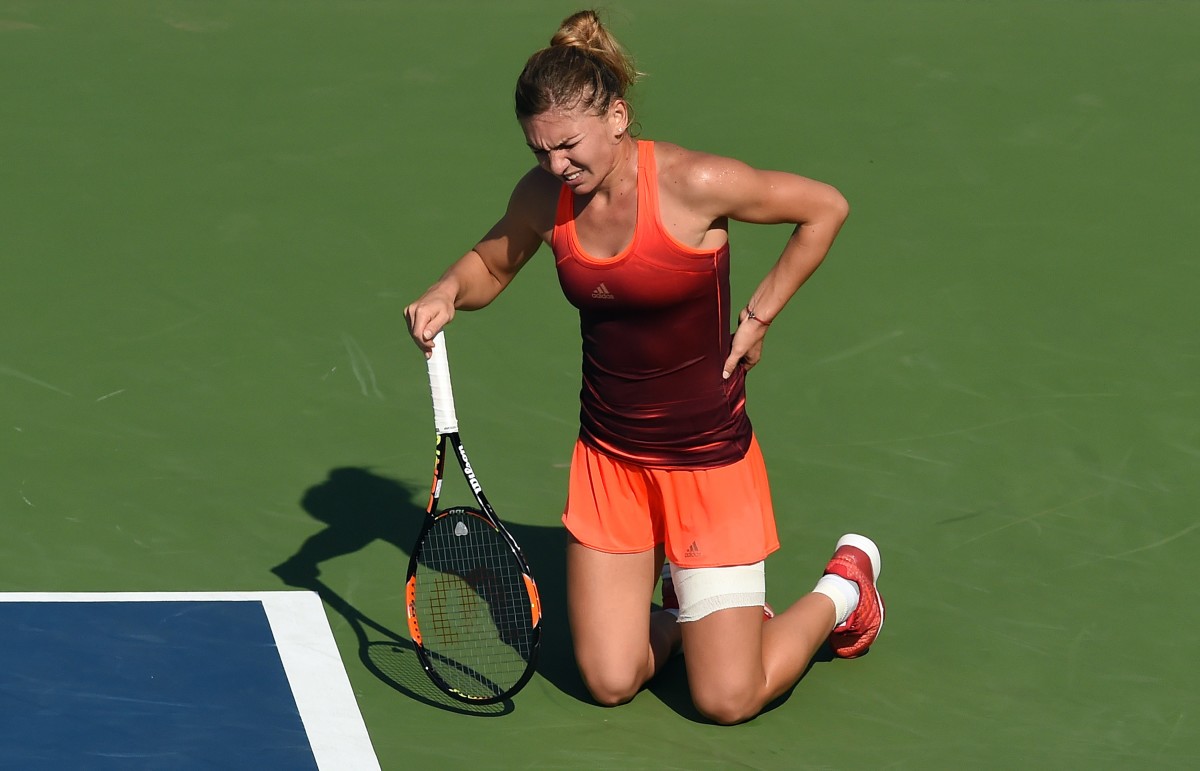Young outmatched by Wawrinka but recent form at U.S. Open is promising
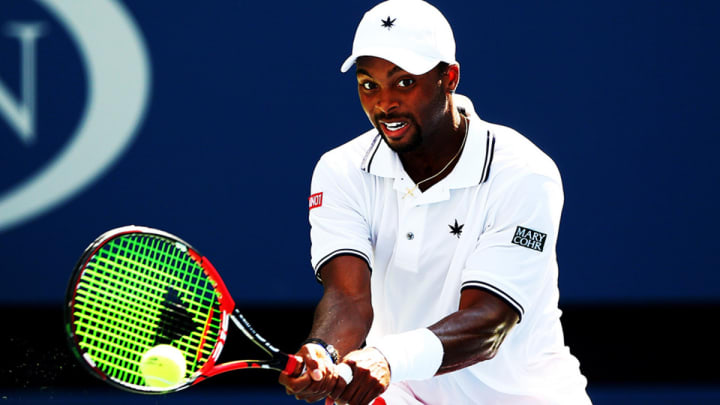
NEW YORK – Stan Wawrinka knows a thing or two about a late-career renaissance in tennis. Last year, at the ripe old tennis age of 28, Wawrinka became the fifth-oldest first-time singles Grand Slam champion in the Open era when he knocked off Novak Djovokic (quarterfinals), Tomas Berdych (semifinals), and Rafa Nadal (finals) in succession to win the 2014 Australian Open. Wawrinka followed up his Down Under success with a win in Paris this year, topping world No. 1 Novak Djokovic in the French Open final to claim his second major title. He is the only player outside of the Big Four (Djokovic, Federer, Nadal and Murray) to win at least two majors since Marat Safin (who won the 2000 and 2005 Australian Open) and is now a threat to win every tournament he enters.
U.S. Open Day 8: Wawrinka ends Young's run; Azarenka, Halep advance
Donald Young is unlikely to reach Wawrinka’s level of success but his play over the last eight days in Queens offered a blueprint for a bright future. At 26 and the author of a well-known tale of junior prodigy-turned-professional flameout-turned-maturing pro, Young had arguably his best week of professional tennis given the stakes. His play—finding unique angles against his opponents and drawing energy from the crowd—won over a boatload of new fans and even earned him the cover of the Monday U.S. Open program over bigger names on the card including Roger Federer, Andy Murray, John Isner and Simona Halep.
Heading into his Round of 16 match against No. 5 Wawrinka on Monday, Young had significant momentum after rallying from two sets down in the opening round against No. 11 Gilles Simon—his first career victory from two sets down—and repeating the trick against No. 22 Viktor Troicki on Saturday in a five-set thriller. But beating Wawrinka would be a big ask for the No. 68 player in the world. The Swiss player—with arguably the best one-handed backhand this century—entered the match with a 101-40 career Grand Slam record compared to Young’s 15-25 career mark.
So Monday’s result was not surprising as Wawrinka overpowered Young with a 6–4, 1–6, 6–3, 6–4 victory in two hours and nine minutes. Asked how far away he was from playing at Wawrinka’s level consistently, Young was realistic.
Daily Data Viz: Stan Wawrinka vs. Donald Young head to head
“I couldn't tell you, really,” Young said. “I mean, I hope not far. I feel like I should be playing these matches more often, but it hasn't happened lately. But I would like to say the rest of this year and next year I can start being somewhat consistently. To be playing at his level is going to take a little more than what I'm doing currently. He's won a couple of slams and playing consistently in the second week of slams That's quality right there.”
The crowd at Arthur Ashe Stadium—a quarter full at the start of the match and three-quarters full in the third set—tried its best to rally the American. The sets were tied at 1-1 after Young steamrolled Wawrinka in the second in just 24 minutes, but the prospects taking down another high seed essentially ended in the third set. After Wawrinka destroyed one of his rackets in the second game of the set—earning a warning from the chair—he seemed to relax a bit, moving his feet much better, hitting big and winning the first five games of the third set before taking it in 34 minutes.
In the final set, Wawrinka broke Young in the second game and served for the match leading 5-3. At that point, Young urged himself not to be tentative. “Hit the ball, D!” Young shouted at himself. “Hit the ball!” Young saved one match point in the game before the Swiss man ended it with a backhand net winner into an empty court. Wawrinka had 52 winners (Young had 14) and finished with an 11-3 advantage in aces.
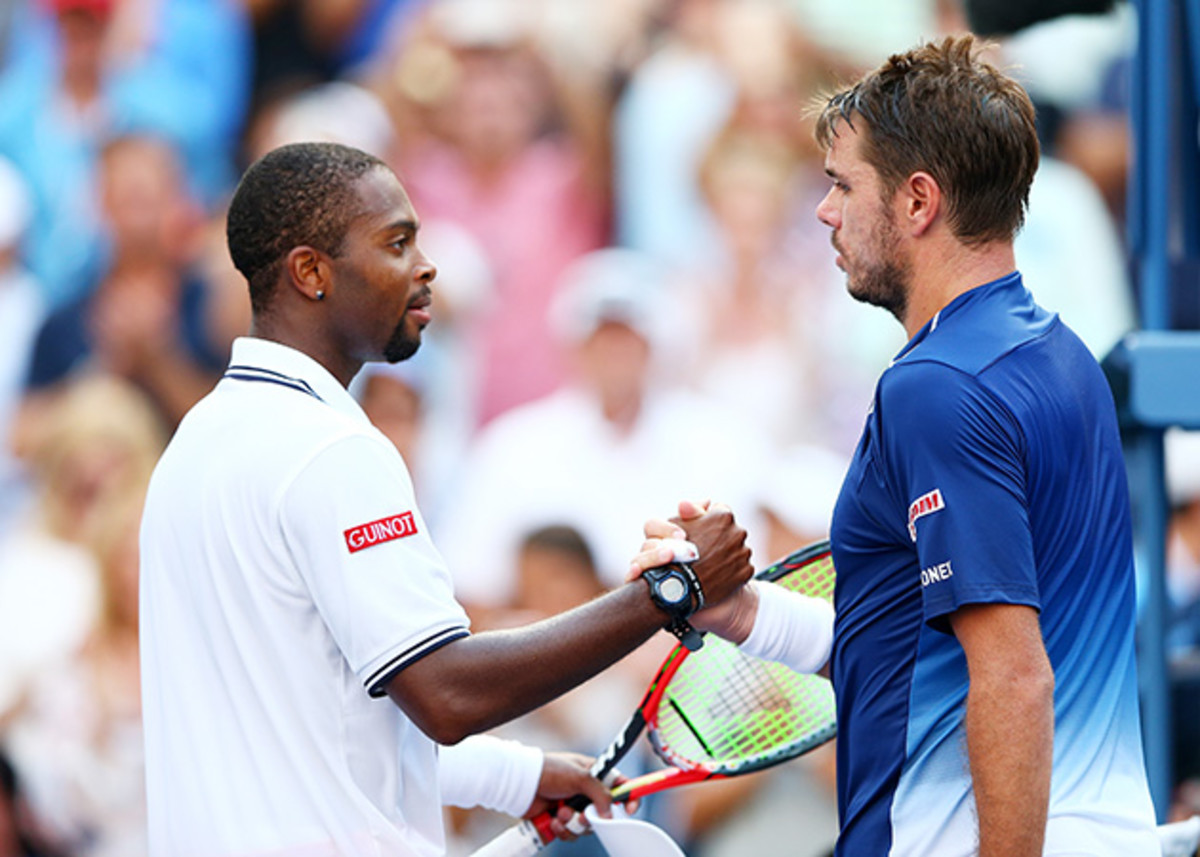
“I feel like things are coming around,” Young said. “I really feel like I'm ready to do it on a consistent level and not just do it for a while or work hard for a little bit and then relax. I'm looking forward to keeping it going.”
Hopefully, he’ll do that with own shoes. In one of the strangest U.S. Open locker room stories, Young said that when he opened his locker on Sunday, he found all his shirts and sneakers missing.
Once a junior prodigy, Donald Young shows mental strength in comeback
“Apparently someone said I was out of the tournament so the guys thought I went home,” Young said. “They were taking some souvenirs…I really don't know what the reason was. Maybe that was an excuse or whatever the situation may be. I don't know.”
Young’s mixed doubles partner, Taylor Townsend, contacted Asics and that company got him two pairs of sneakers for the Wawrinka match. “I was excited to have something on my feet,” Young said, laughing.
Young said during the week he feels much less pressure today, especially with the prodigy talk (he finished atop the world junior rankings at 16) long in the rearview mirror. “You know, I'm not the guy that's supposed to win all the slams and be the best,” Young said. “I can kind of swing a little free. It's like some of the other guys had a chance to do when I was at that age. They have a chance to work in private and get better. I'm kind of in that situation now and I'm enjoying it.”
A tribute to Bud Collins: Veteran tennis journalist honored at U.S. Open
Refreshingly, Young does not shy away from his past in post-match press conferences and he talks with the experience of a man who has lived a couple of athletic lives. “I've kind of been beat up, I've beat up myself, I've kind of been down,” said Young in what could have been lyrics to a blues song. “I've had good times, bad times. Just some resilience and fighting. Hopefully it's not over and there's more to come.”
Clearly, he’s improved his fitness and mental approach to tennis. There were times Young could have given into the frustration on Monday but he continually attempted to channel his energy into turning around the match as opposed to on-court pouting. That’s what professionals do.
“The basis of my game has been outmaneuvering the guy, putting him in awkward positions,” Young said. “When I was younger, even in juniors, I was 10 years old playing the 14s, or 12 playing the 16s. I was always smaller than the guys so I had to find a way to defuse the power, do something different. I'm never going to be one of the guys like [John] Isner or some of the guys who are a lot taller than me. I'm not going to be hitting a ton of aces, I'm not going to be slapping you off the court. I'm going to have to find other ways. Fitness was a way that could actually give me an edge or something that would let me compete with the guys. I've definitely been working on that. That's something you can definitely control 100% yourself. You can't control what the other guy does, but you can control how your body is, how much work you put in, how strong you can be, and that's what I'm trying to do.”
That’s smart stuff and should give American tennis fans confidence that this U.S. Open run by Young is not a flash in the pan. The ATP said Young will move into the top 50 after this week and it sets him up for a very realistic top 50 finish at the end.
“I feel if I'm playing like this and competing, I'm going to give myself chances to win a lot of matches in almost every match I play,” Young said. “If I can keep doing this and build upon it, I don't know what can happen.”
It’s always dangerous to make predictions in tennis—fortunes change faster than Usain Bolt—but from this vantage point, there are good days ahead for Donald Young.
SNAPSHOTS FROM DAY 8
U.S. Open 2015 Day 8
Stan Wawrinka
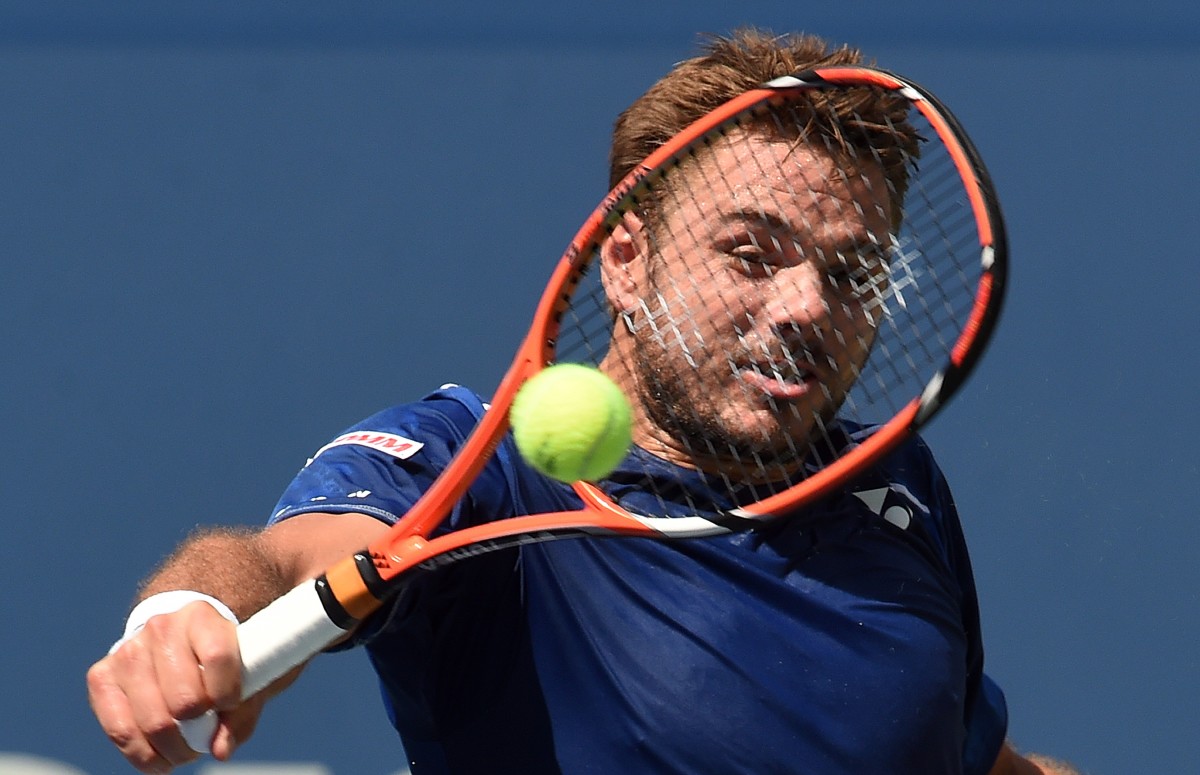
Varvara Lepchenko
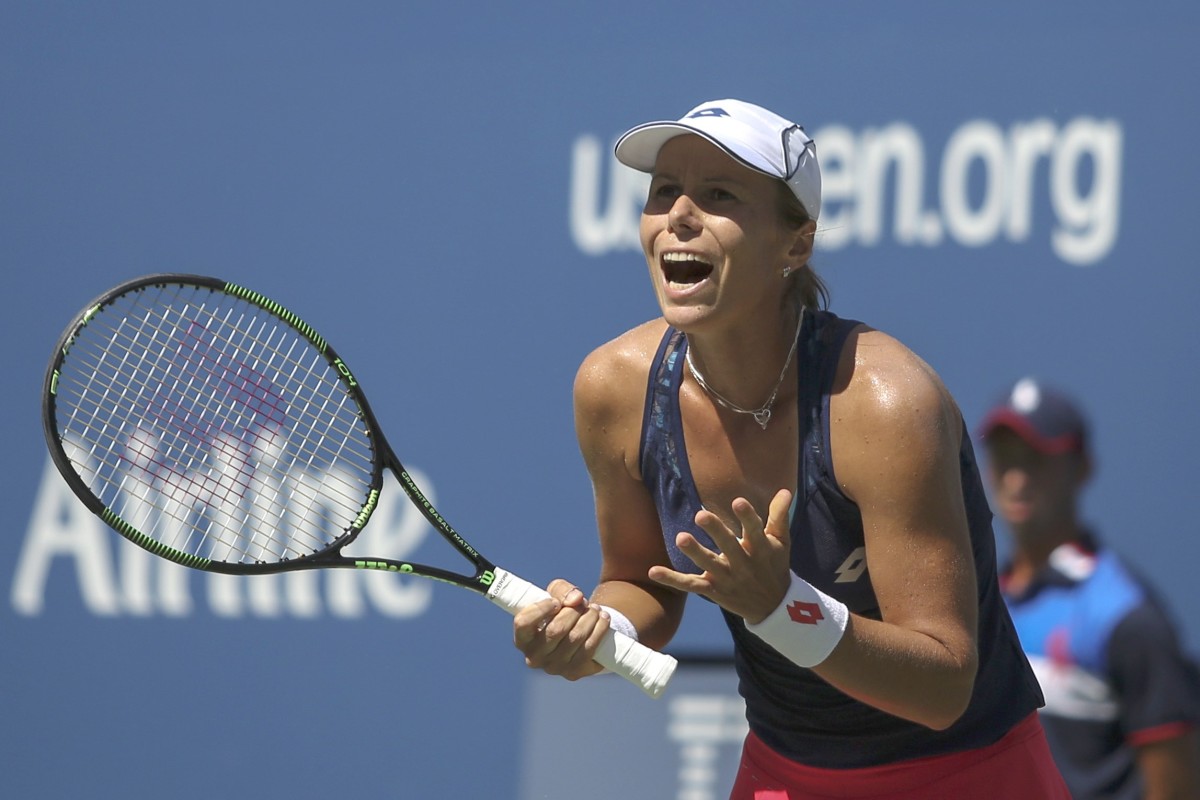
Victoria Azarenka
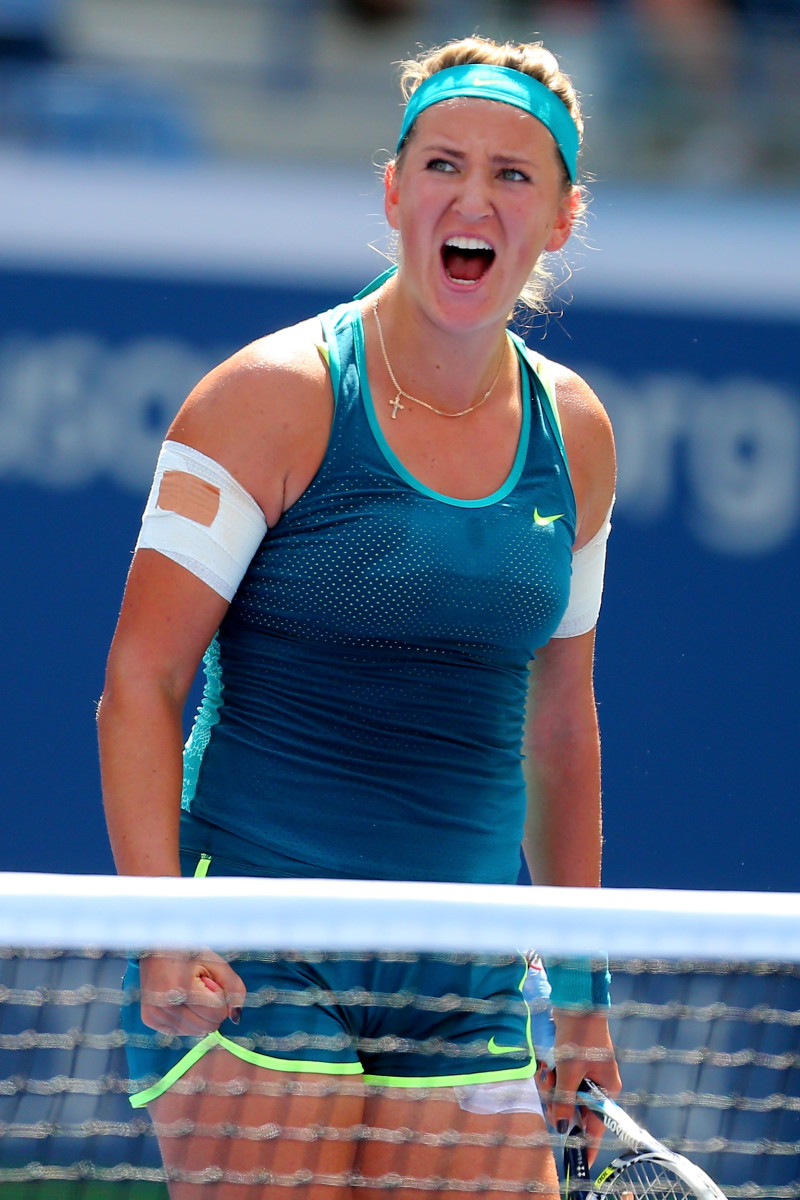
Victoria Azarenka
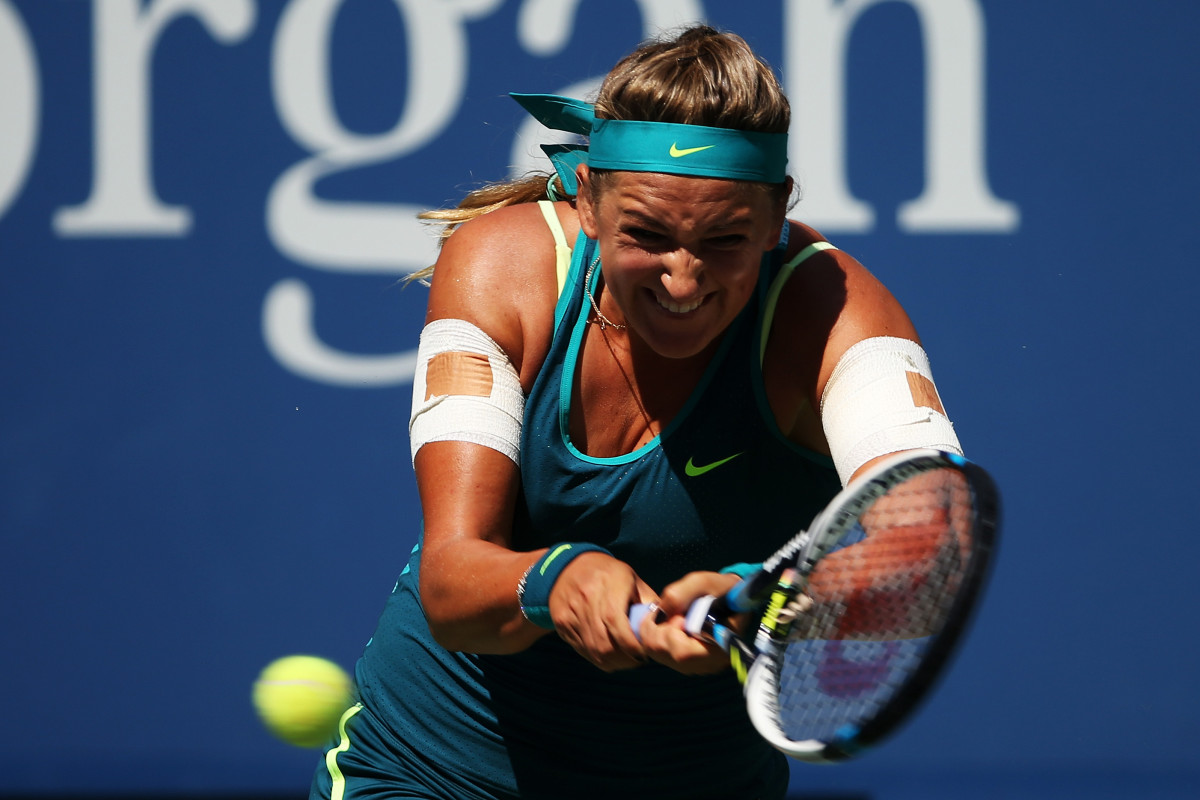
Sabine Lisicki
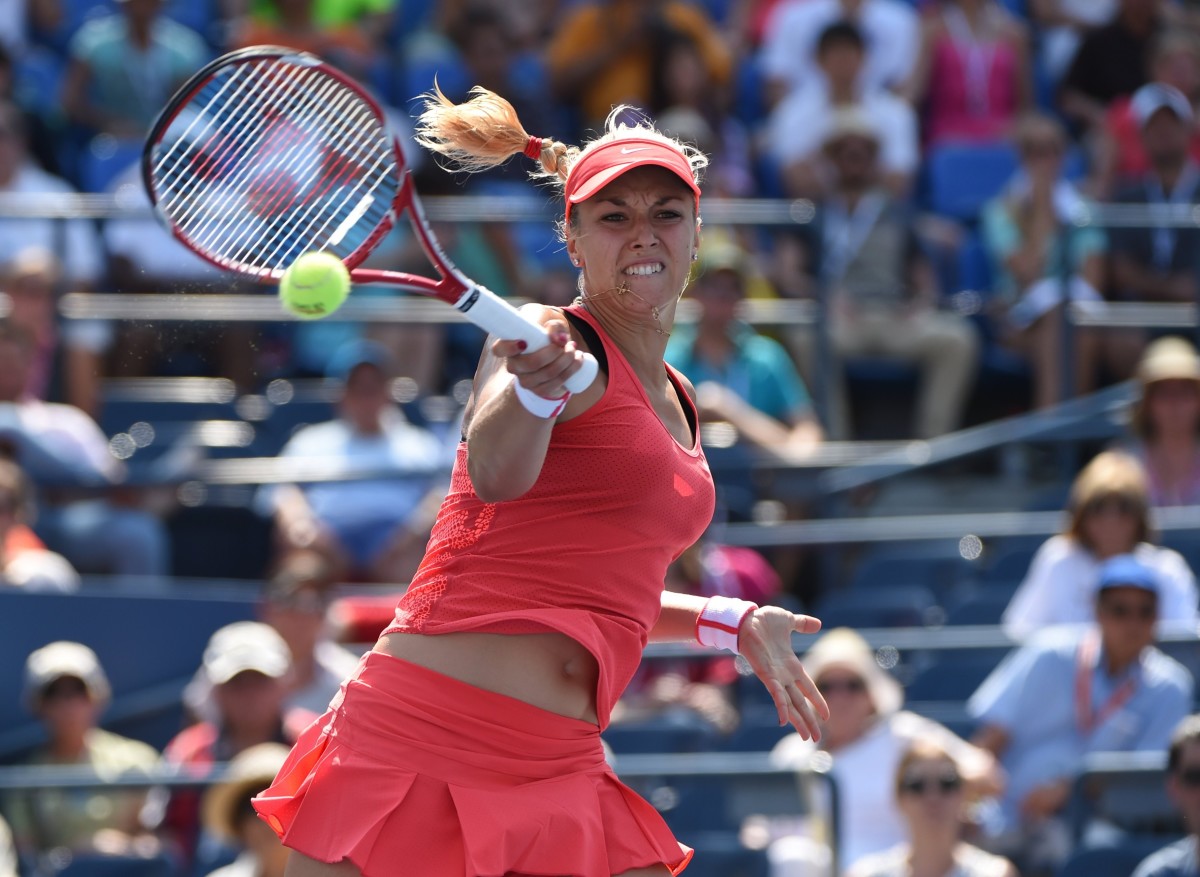
Stan Wawrinka
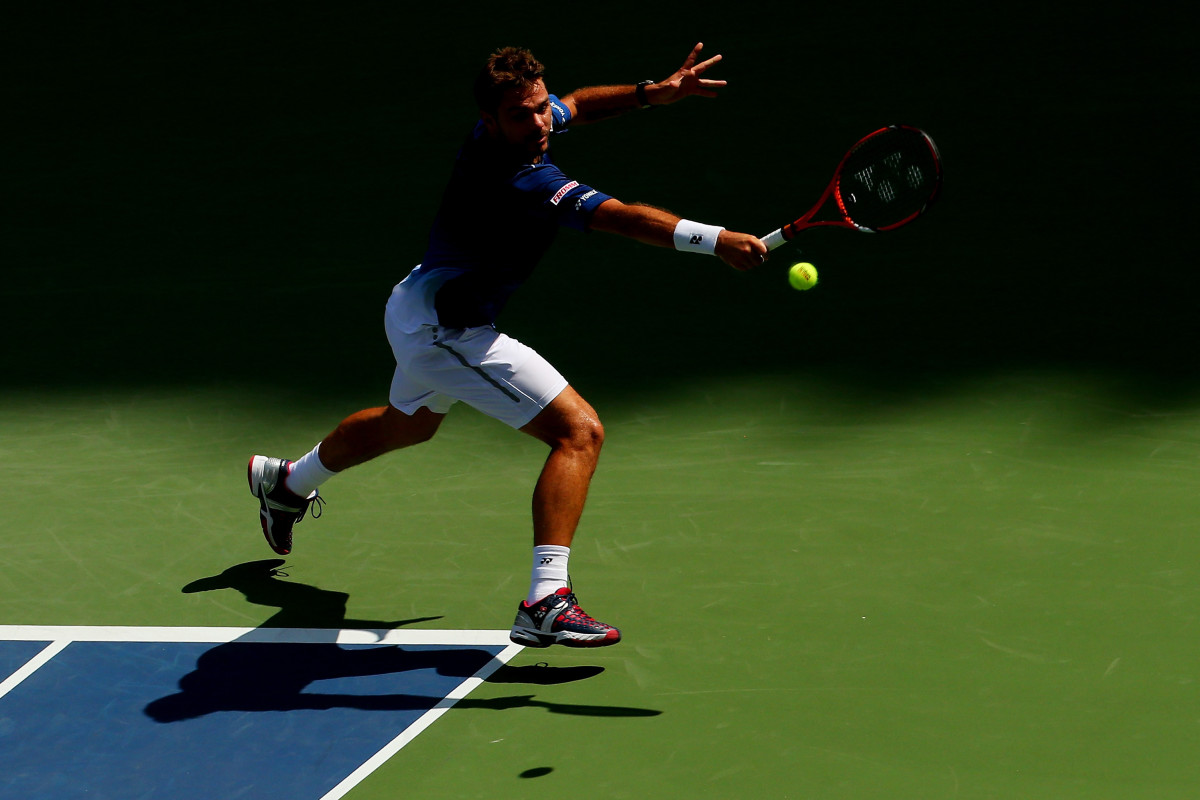
Donald Young
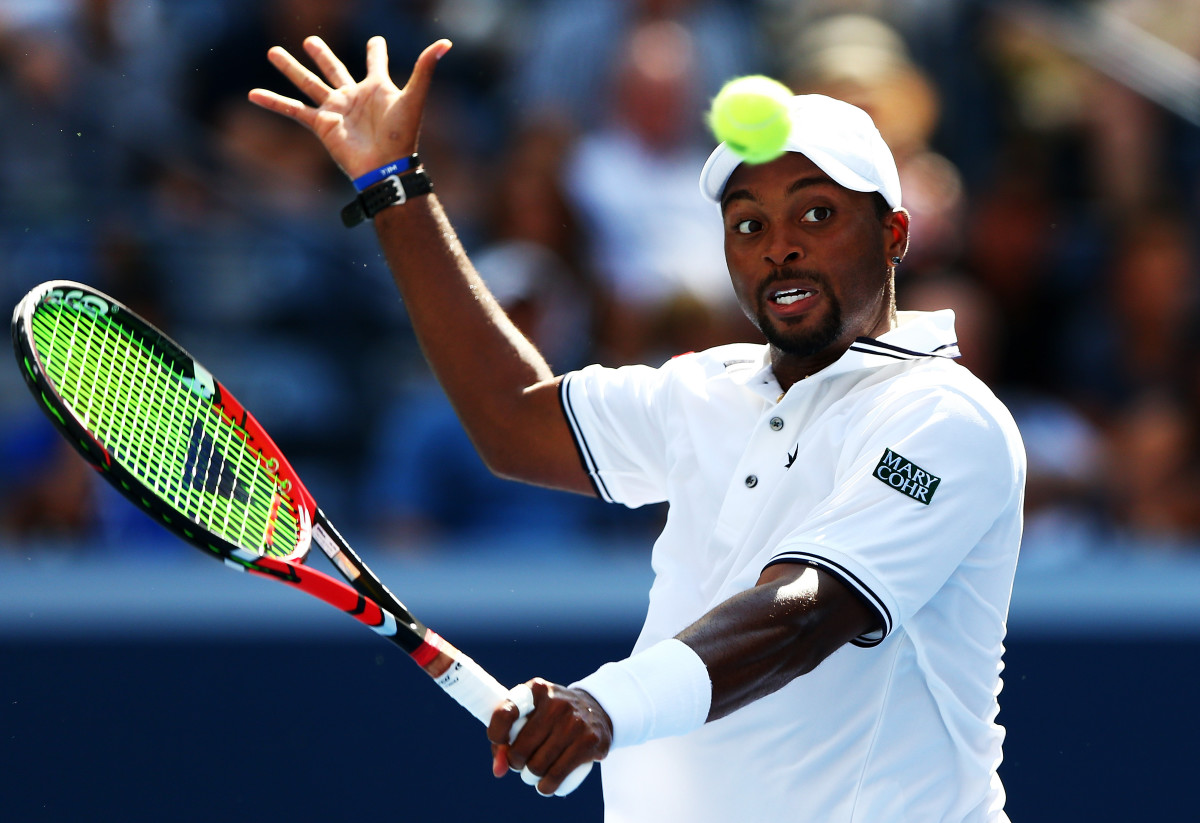
Sabine Lisicki
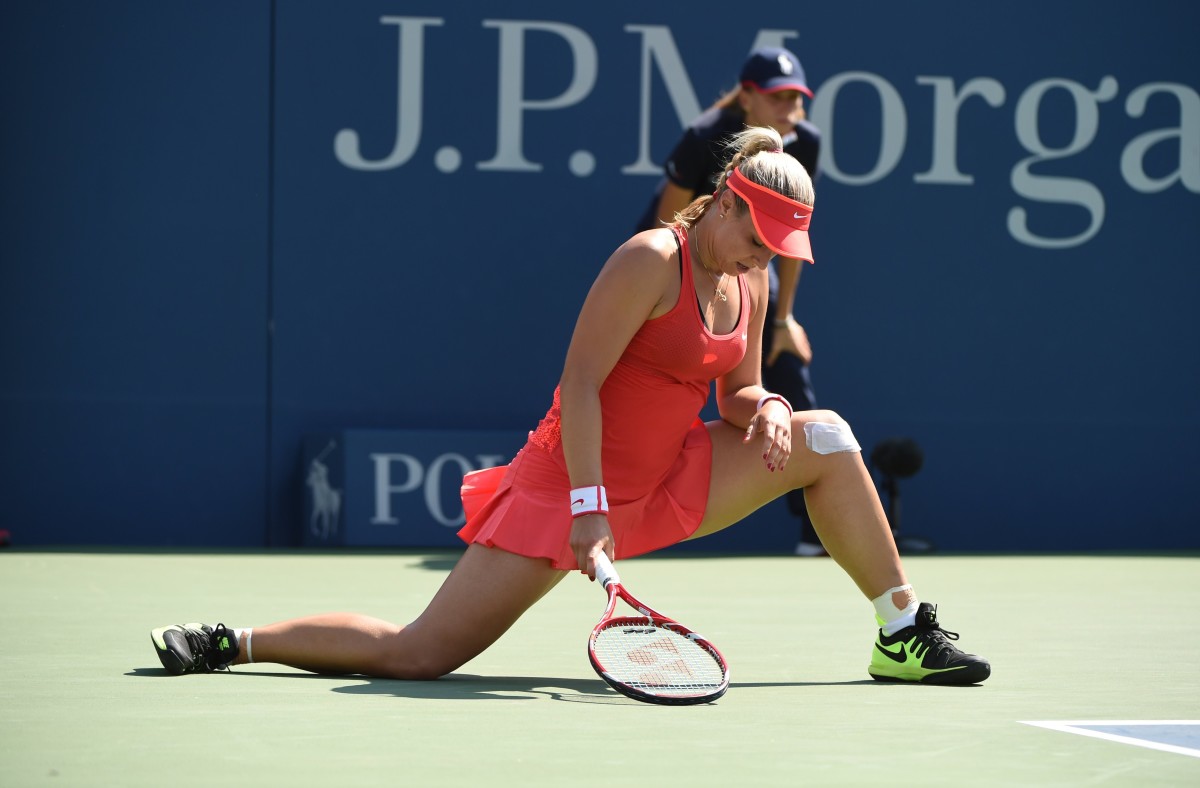
Simona Halep
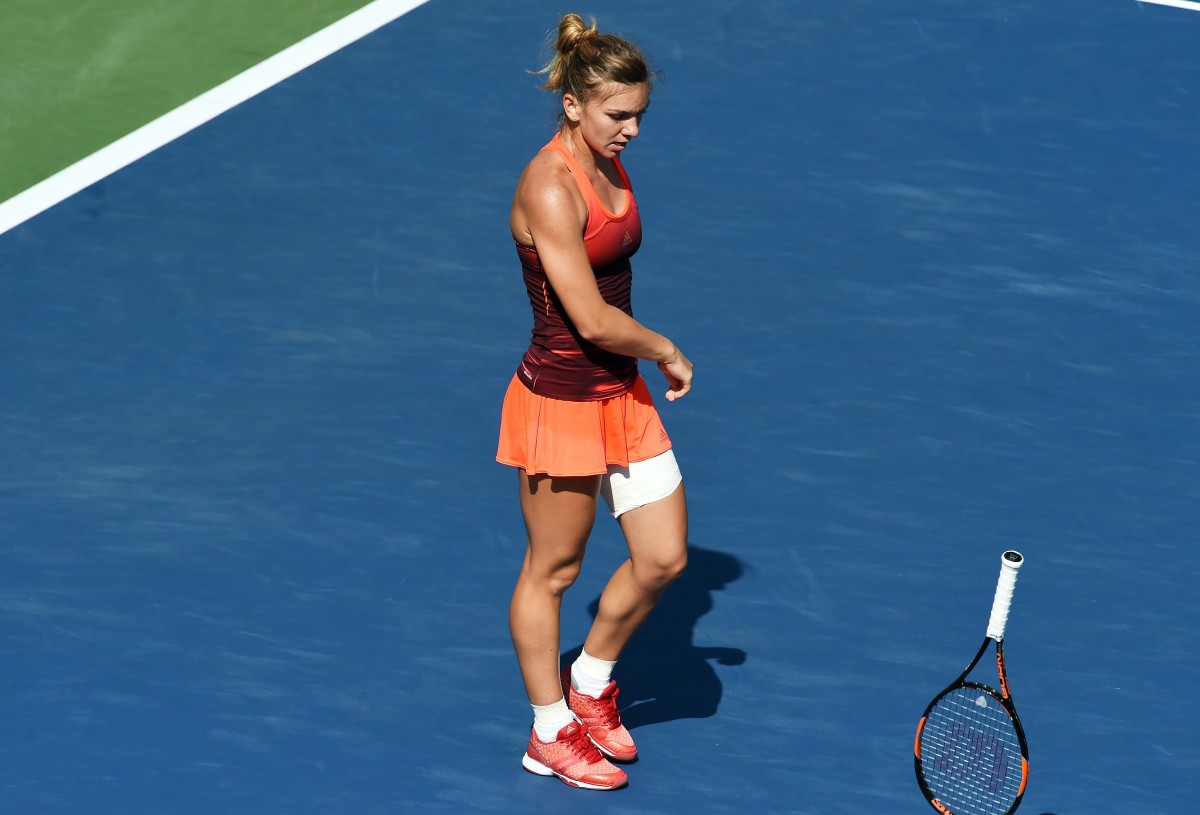
Simona Halep
